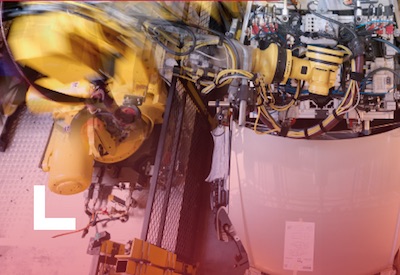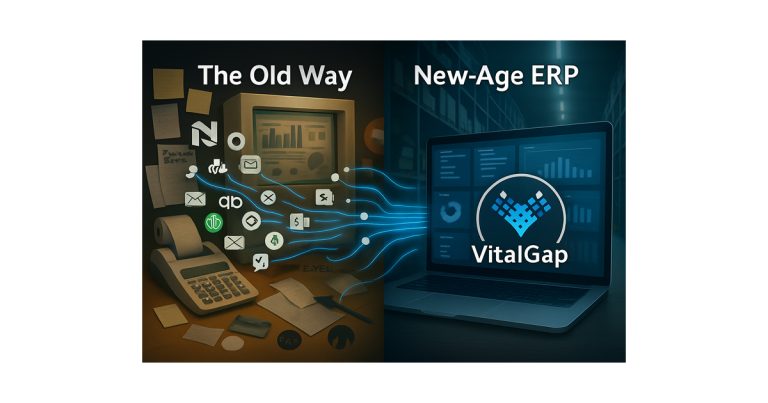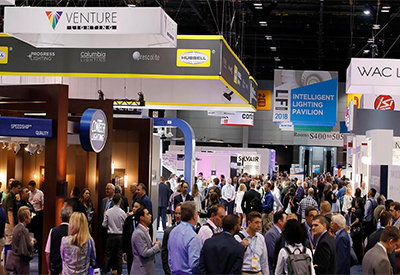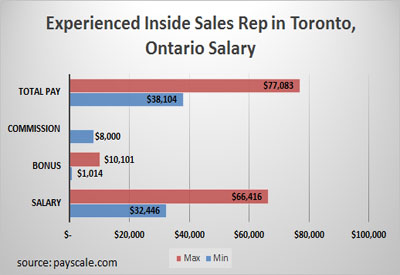The Nexus of Innovation and Safety: Where a Changing Environment Is Reshaping Business

Sept 26, 2019
Innovation and safety are often seen as opposing sides of a coin, with duelling objectives. Innovation calls for speed, risk-taking and is designed to drive revenue growth. Safety has traditionally been considered the reactive side of the business, meeting regulatory requirements, testing and retesting, and mitigating risk. However, technology and a global economy are revolutionizing both activities and have prompted savvy companies to consider the intersection of innovation and safety, exploring how these two paths can converge for improved business results.
Business today is evolving at a breakneck pace. In a digitized, global world, technologies are changing everything: the way we do business, supply chain management, the way customers purchase, the types of labour needed and how goods and services are delivered. These technologies are pressing companies to pioneer new approaches and processes to manage innovation and safety in more effective and expedient ways.
To better understand how companies are handling changes in innovation and safety, UL conducted two different surveys, both among company executives in a variety of industries. The goal was to reveal businesses’ challenges, concerns, current approach to and hopes for both innovation and safety. The results highlighted the complexities and tactical challenges companies face in their attempts to balance innovation and safety.
Seemingly at odds, the pace of innovation presses safety to the limits while the pursuit of safety can feel like an inhibitor to speed demanded by innovation. However, emerging technologies are revolutionizing both activities and have prompted savvy companies to consider how innovation and safety can converge for improved business results. We invite you to explore the possibilities with us.
Revealing responses
The results were astounding. Companies dedicate a great deal of attention to both innovation and safety. However, our survey highlighted inconsistencies between awareness and in-place operational solutions.
Even more interestingly, the majority of respondents were executives, as opposed to innovation or safety professionals who would be dedicated exclusively to their cause. When responding to the innovation survey, safety was de-emphasized in importance and vice versa for the safety survey.
Survey results highlighted the discrepancies even more, as executives seemingly approached each topic with a distinct mindset, perhaps accurately reflecting gaps in their own organizations. The complexity of simultaneously considering both innovation and safety and all of their associated attributes and requirements is clearly daunting.
Top trends
Survey responses revealed key trends in both innovation and safety. The top five trends in innovation reflect immense pressure for speed and change. They also reflect the realization that innovation extends far beyond new products and features. Increasingly complex, innovation involves more parties, requires more speed, and is essential to long-term viability.
Safety is also facing tremendous changes. The definition of safety has exploded over the past 50 years, incorporating more aspects than ever, from flammability to chemical exposure to cybersecurity and privacy issues. The speed and scope of these changes has left industries unsure of their ability to comprehensively and thoroughly ensure safety and all of the possible aspects it encompasses. The pace of consumer expectations and regulatory changes is overwhelming and will force companies to leverage technology to overhaul their approach to safety.
Insights from the C-suite
The Fourth Industrial Revolution is bringing about change at an exceptional pace and unimaginable scope. The full number of technologies and resulting impacts are still unknown.
• C-suite executive, Pharmaceutical/life sciences company — “Regulatory changes are our largest and most important concern in our industry. The government has taken a much larger role in the industry regarding how we conduct our business, how we price products, how we dispense and handle confidential data and privacy issues, and how we package and provide a service. There is virtually no aspect to the business that has not been impacted or will eventually be impacted.”
• C-suite executive, Retail — “Societal changes will force companies to not only innovate more often, but also require companies to innovate with speed.”
• Legal executive, Computer hardware/software company — “Today, technology is necessary to both monitor product safety as well as enable processes to scale. Without good alerting technology, for example, it’s difficult for organizations to keep on top of product safety issues because the volume of information is overwhelming.”
• C-suite executive, Consumer packaged goods company — “Greater customer expectations and an increasingly litigious commercial environment demand more focus on product safety.”
Gaps between innovation and safety
Our surveys revealed some discrepancies between the perceived importance of certain elements on innovation versus safety. In reality, elements that impact one will be critical to the other. However, companies are still evaluating optimal ways to take these elements into consideration when it comes to innovation as well as safety.
• Uncertainty about the role of regulatory compliance — More than three-quarters of executives indicated that regulatory compliance would have a major impact on their approach to safety. Less than 20% believed regulatory compliance would impact their approach to innovation.
• Speed is a goal as well as a challenge — Rapid prototyping is considered one of the top three challenges to improving product safety. Nearly all respondents are striving to truncate product development cycles for increased innovation and speed to market.
• Challenges keeping safety in mind — An overwhelming 90% of respondents indicated that product safety concerns are taken seriously within their organization. A paltry 11% of companies dedicate half or more of their innovation resources to product safety.
• Access to customer mindshare critical but not monitored — A large majority of respondents, 90%, indicated that customer expectations were seen as a highly impactful driver of safety. Only 11% of companies reported social listening capabilities that enable them to monitor customer feedback.
Paths forward
• Start the discussion — In light of the scope and pace of technological and societal changes, visibility into the future is limited, and there are no proven best practices for successfully aligning innovation and safety. What is possible is to initiate a discussion. By understanding the gaps that exist, we can better point the way to possible solutions and begin to monitor progress. Our survey also hints at some potential solutions for aligning innovation and safety and successfully collaborating between the two.
• Move toward digitization — Digitization of the organization helps consolidate data across all business units, operations, geographies and functions of the business. The resulting visibility can help flag potential safety problems before they arise, point to trends that will lead innovation, and streamline operational processes required for safe innovation.
• Leverage new technologies — Just as new technologies are urging accelerated product prototyping, they can also be instrumental in streamlining operational processes to ensure product quality, test and verify safety, and gain efficiencies in the production process. Resilience engineering products to anticipate changes in safety and functionality requires advanced technologies like artificial intelligence (AI), but positions products for greater success and relevance over a longer period of time.
• Partner to extend capabilities — Keeping up with regulations worldwide can be a daunting task. By partnering with external resources, companies can rely on the expertise and tactical capabilities of their partners, extending their internal resources, and allowing them to leverage information for better decision-making.
• Transcend physical safety — In an increasingly complex world, safety has come to incorporate much more than the fire, shock and casualty trifecta of physical safety. From cybersecurity concerns to chemical content transparency to privacy and sustainability concerns, safety now considers a product’s impact on consumers, the environment and all players involved with its creation and distribution.
• Redefine innovation — Just as safety is being redefined, so is innovation. Innovation has traditionally been focused on the development of new products and/or new product features and functionality. The drive for innovation was to create goods and services that would meet consumers’ needs. However, innovation today is the process of ensuring that a product incorporates a multitude of performance as well as safety and sustainability criteria from the outset of design.
• Pursue new business models — In an era of unprecedented change and new technologies, companies are completely reinventing their businesses. Innovative business models are changing the way products and services are delivered, the value propositions they offer, the ways they generate revenue, and shifting toward circular business models that are inherently sustainable. New business models will be critical to resolving certain innovation and safety issues. Some companies will change the game by completely turning industries on their heads, much like Uber has done with the transportation industry. Industries stand at the crossroads of innovation and safety, many feeling the necessity to choose one path at the expense of the other. However, the truth is, with some thought and collaboration, the two paths can converge for greater ease, efficiency and success.
About the study
This report is based on results from both surveys, each collecting feedback from approximately 300 respondents from the Americas, Europe and Asia Pacific. The majority of respondents in both surveys were C-suite executives, along with product research and development, operations and manufacturing professionals, supply chain and logistics, product quality and integrity, legal and compliance for a balanced perspective on issues concerning innovation and safety.
This article was first published by UL: https://www.ul.com/insights/nexus-innovation-and-safety











